Shoreline Fishing: Best Beaches for Casting a Line
Fishing from the shore offers a unique blend of relaxation, anticipation, and connection with nature that few other activities can match. The gentle sound of waves lapping against the sand, the salty breeze on your face, and the promise of a prize catch create an experience that appeals to both seasoned anglers and beginners alike. Shoreline fishing eliminates the need for boats or expensive equipment, making it one of the most accessible forms of fishing available.From the rugged coastlines of the Pacific Northwest to the warm, tropical beaches of Florida, the United States boasts countless stunning locations where fishing enthusiasts can cast their lines directly from the beach.
This guide explores some of the best shoreline fishing destinations across the country, highlighting what makes each location special, what fish you might catch, and tips to make your beach fishing adventure successful.
The Appeal of Shoreline Fishing
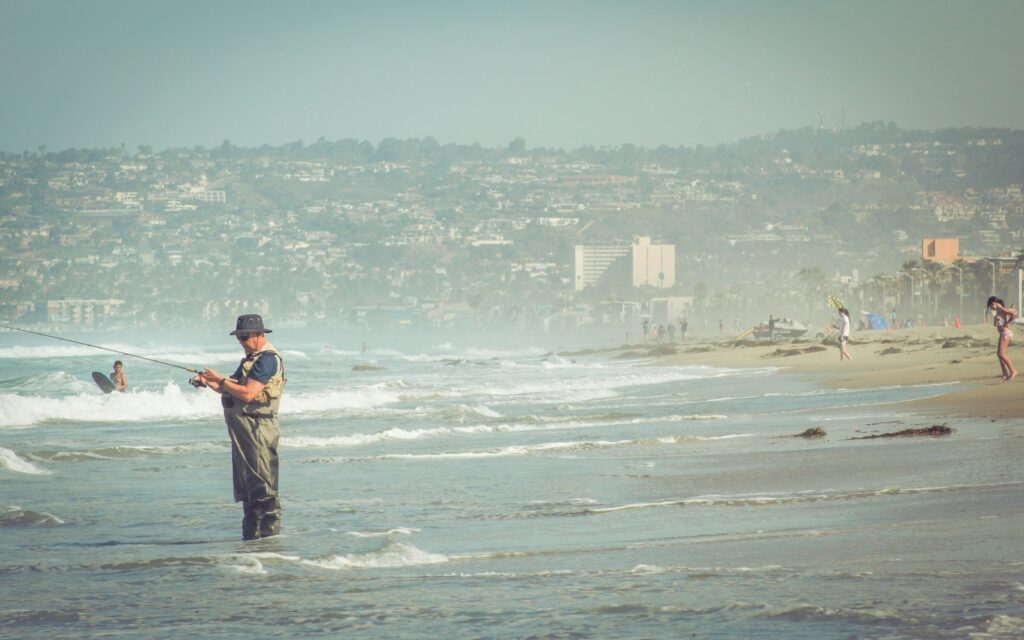
Shoreline fishing offers an accessibility that other fishing methods simply cannot match, requiring minimal equipment and no boat rental fees to get started. The beach environment provides a multi-sensory experience that enhances the fishing adventure—the sound of crashing waves, the feel of sand between your toes, and the spectacular views create a peaceful backdrop even when the fish aren’t biting.
For families, beach fishing serves as an excellent bonding activity where children can learn patience, environmental appreciation, and fishing techniques while building memories that last a lifetime. Additionally, shoreline fishing allows anglers to cover more ground by walking the beach to find productive spots, offering a more active and exploratory approach compared to stationary boat fishing.
Essential Gear for Beach Fishing
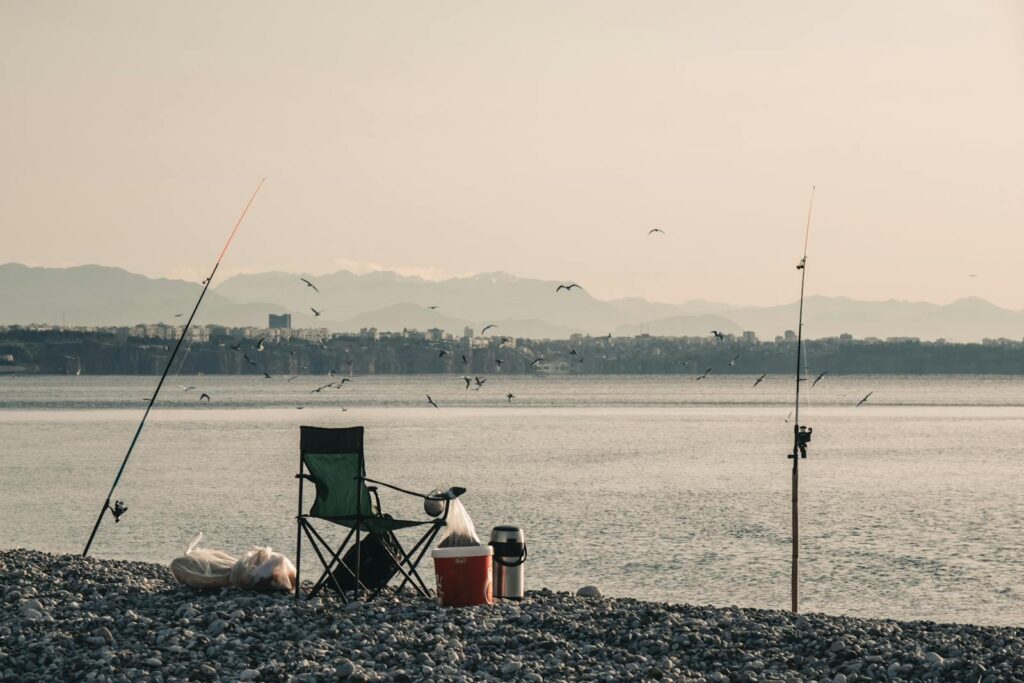
A medium to heavy-action surf rod measuring 9-12 feet is the foundation of beach fishing gear, providing the length needed to cast beyond the breaking waves where many fish feed. Pair your rod with a high-capacity spinning reel filled with 15-30 pound test line that can withstand the corrosive effects of saltwater and handle larger fish often found in coastal waters. Terminal tackle should include a variety of weights (pyramid sinkers work well in sand), circle hooks in various sizes, and a selection of lures that mimic local baitfish species found in your chosen location.
Beyond fishing equipment, don’t forget essentials like polarized sunglasses to reduce glare and spot fish, a rod holder that secures your gear in the sand, a cooler for keeping bait fresh and storing your catch, and sun protection including high-SPF sunscreen, a wide-brimmed hat, and lightweight, quick-drying clothing.
Montauk Point, New York
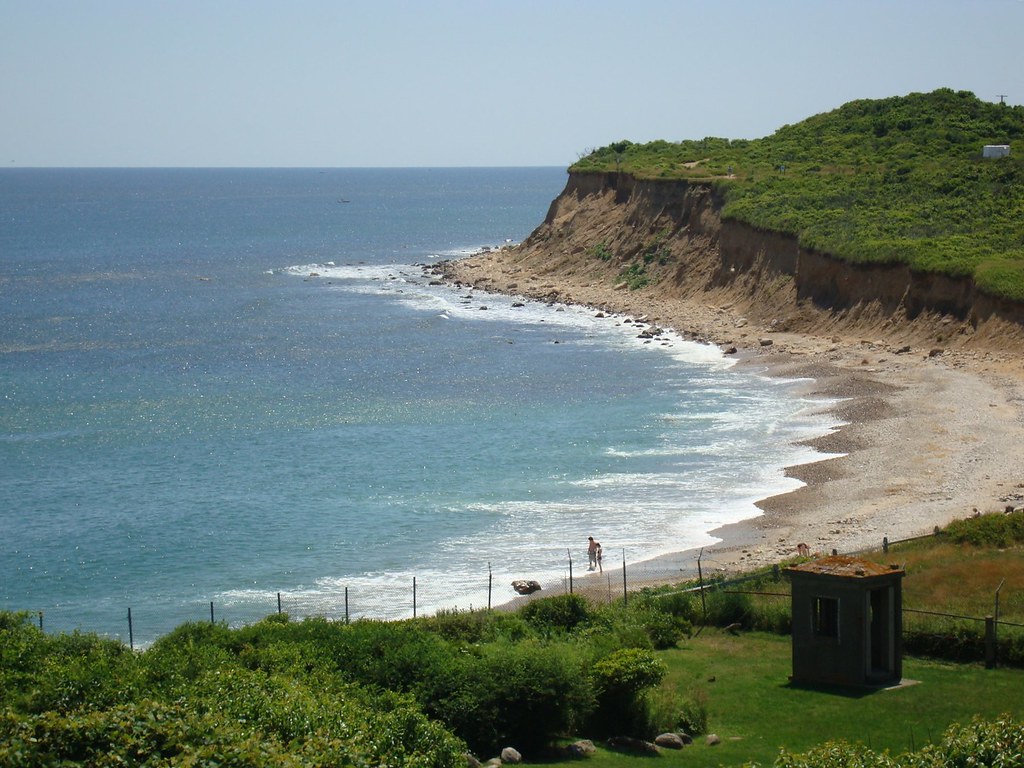
Known as the “Fishing Capital of the World,” Montauk Point offers shoreline anglers exceptional opportunities year-round but truly shines during the legendary fall striped bass runs. The rocky shorelines and sandy beaches provide diverse fishing environments where anglers regularly catch striped bass, bluefish, fluke, and false albacore depending on the season. What makes Montauk particularly special is the convergence of the Atlantic Ocean and Long Island Sound, creating dynamic currents that attract massive schools of baitfish followed by the predatory game fish that anglers prize.
Local fishing regulations can change seasonally, so checking with New York’s Department of Environmental Conservation before your trip is essential to ensure compliance with size limits and catch restrictions. For beginners, the North Bar and Turtle Cove areas offer more protected fishing spots with excellent catch rates even for those new to surf fishing techniques.
Outer Banks, North Carolina
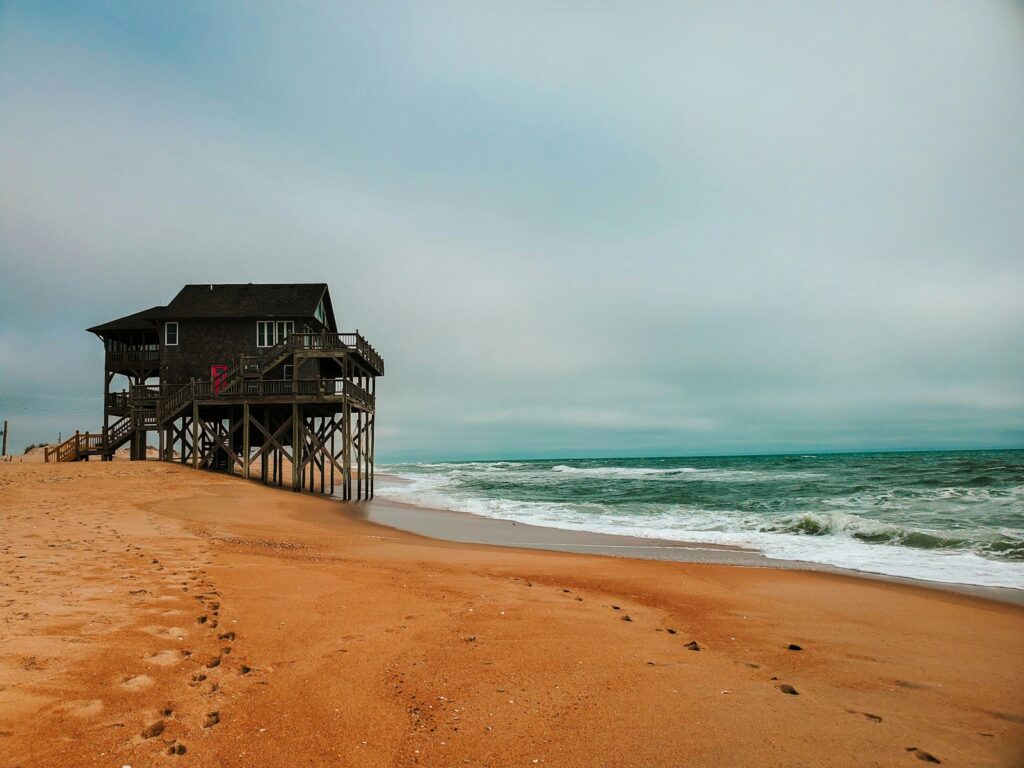
The Outer Banks’ 200-mile stretch of barrier islands presents some of the East Coast’s most productive surf fishing opportunities with its proximity to the Gulf Stream, which brings warm water and a variety of species close to shore. Cape Hatteras, Cape Lookout, and Oregon Inlet are particularly renowned spots where anglers target red drum, flounder, bluefish, Spanish mackerel, and the prized pompano depending on seasonal migrations. The region’s unique geography creates a mix of deep channels and shallow sandbars just offshore, providing perfect habitats for feeding fish that shoreline anglers can reach with a well-placed cast.
Beach driving permits are available in designated areas, allowing anglers to access remote, less-fished stretches of shoreline where larger fish often congregate away from high-traffic areas. Local knowledge is invaluable here, so stopping by tackle shops like Red Drum Tackle or TW’s Bait & Tackle can provide up-to-date information on what’s biting and which beaches are producing the best results.
Sebastian Inlet State Park, Florida
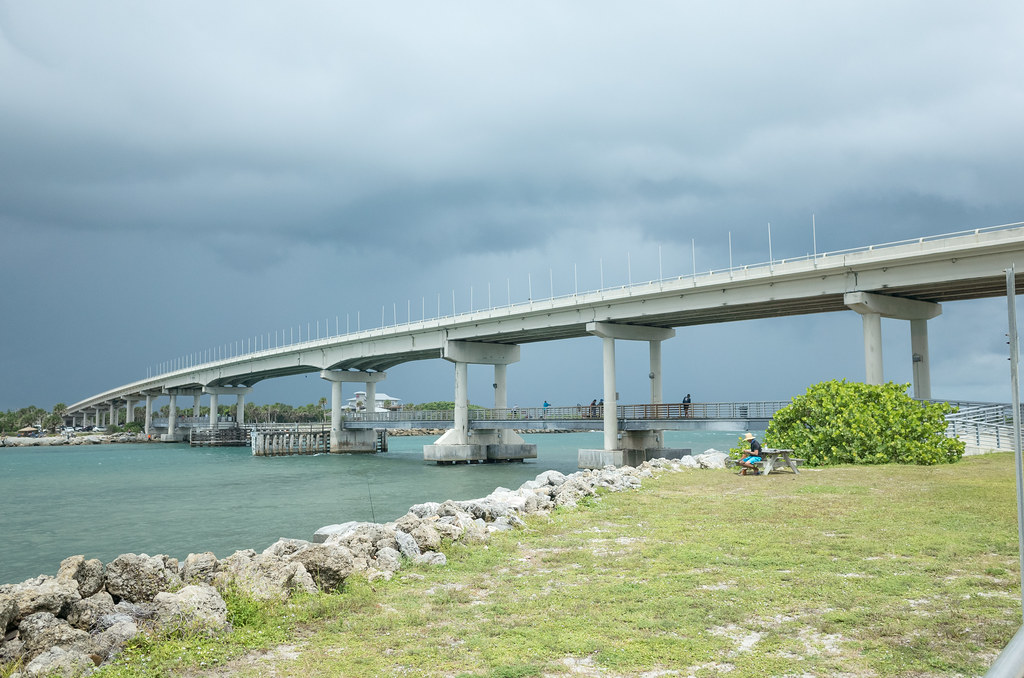
Sebastian Inlet offers shoreline anglers a unique opportunity to fish powerful tidal flows where the Indian River Lagoon meets the Atlantic Ocean, creating a fish highway that concentrates multiple species in casting range from shore. The inlet’s north and south jetties provide excellent fishing platforms where anglers catch snook, redfish, tarpon, jack crevalle, and mangrove snapper throughout the year without ever stepping foot on a boat. During winter months, the inlet becomes famous for its spectacular flounder runs when these flatfish migrate through the area in significant numbers, offering shore anglers the chance to catch their limit of this delicious species.
Beyond the jetties, the park features three miles of pristine beaches where surf fishermen target pompano, whiting, and bluefish using fresh shrimp, sand fleas, or cut bait along the troughs that form parallel to the shoreline. The park’s comprehensive facilities, including cleaning stations, restrooms, and camping options, make it possible to plan multi-day fishing trips in comfort while exploring different shoreline fishing techniques and locations.
Padre Island National Seashore, Texas
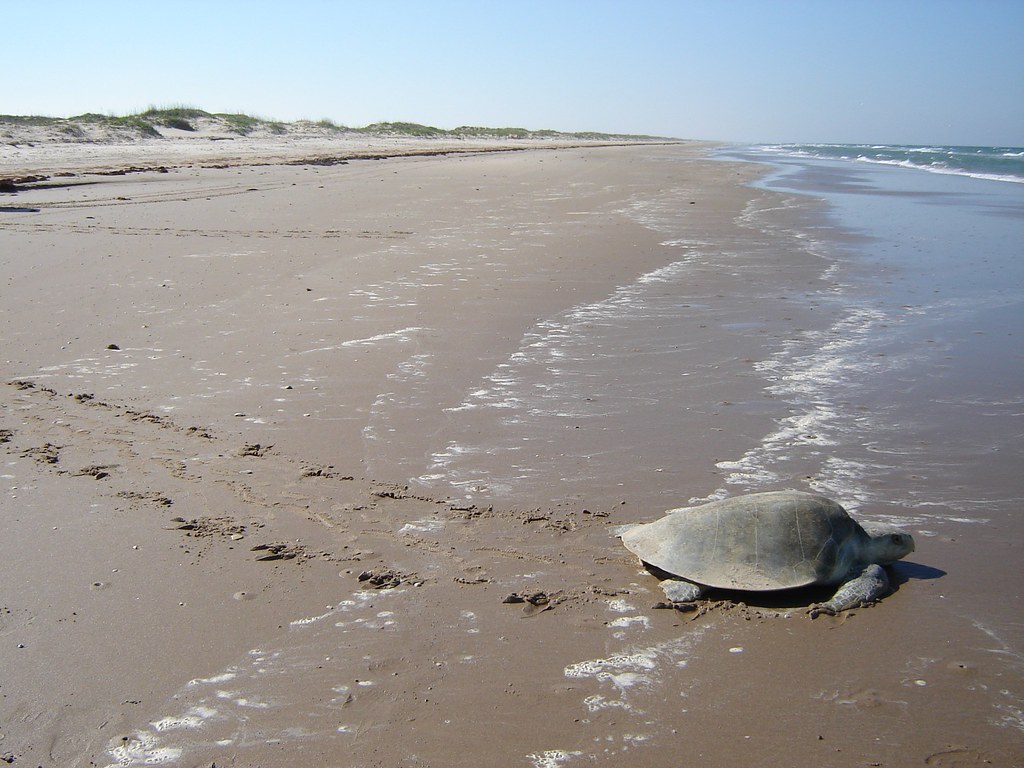
Stretching for 70 miles along the Gulf of Mexico, Padre Island National Seashore represents the longest undeveloped barrier island in the world and offers unparalleled access to pristine shoreline fishing opportunities. The beach’s gradually sloping profile creates multiple sandbar structures offshore where predatory fish like speckled trout, redfish, Spanish mackerel, and jack crevalle patrol for baitfish, putting them within casting distance for shore anglers. What makes Padre Island truly special is the ability to drive on the beach (4WD recommended after the 5-mile mark), allowing anglers to escape crowds and find untouched fishing spots where the chance of hooking into bull redfish exceeding 40 inches significantly increases.
The island’s southern section, particularly around the 20-30 mile markers, is known for producing trophy-sized catches as fewer anglers venture this far down the seashore. Seasonal phenomena like the spring and fall “bull red runs” draw dedicated anglers from across the country hoping to battle these powerful fish from the shoreline using cut mullet, crab, or large spoons cast beyond the breakers.
Sandy Hook, New Jersey
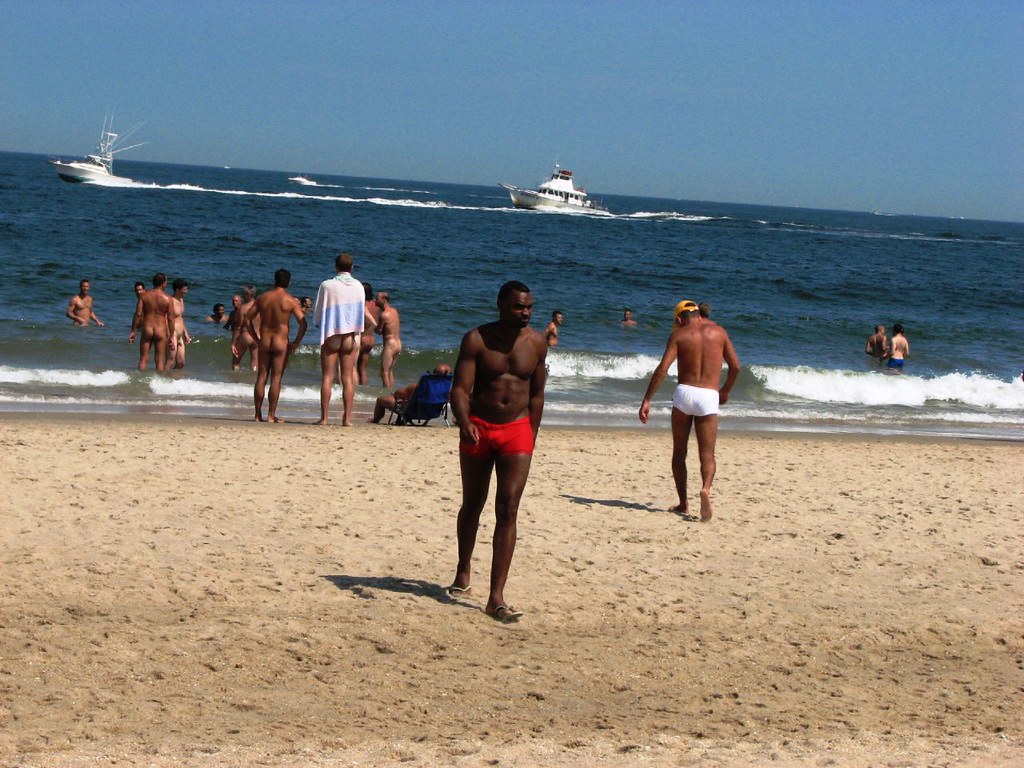
Sandy Hook’s strategic location at the entrance to New York Harbor creates a natural funnel for migratory fish, making its seven miles of beaches a premier destination for Northeast shoreline anglers. The peninsula’s unique geography offers fishing opportunities on both its ocean-facing eastern shore and its western bay side, effectively doubling the potential fishing environments available to shore-based anglers. During the spring and fall striper migrations, Sandy Hook becomes one of the most productive surf fishing locations in the Northeast, with anglers regularly landing striped bass exceeding 30 pounds using fresh bunker chunks or artificials like Daiwa SP Minnows and Bomber plugs.
Beyond stripers, the beaches produce impressive catches of bluefish, fluke, weakfish, and kingfish depending on the season, with the North Beach and Fisherman’s Cove areas consistently ranking among the most productive spots. The Gateway National Recreation Area that encompasses Sandy Hook provides excellent infrastructure for anglers, including ample parking, clean restrooms, and even a historical lighthouse that serves as a picturesque backdrop for your fishing photos.
Kona Coast, Hawaii
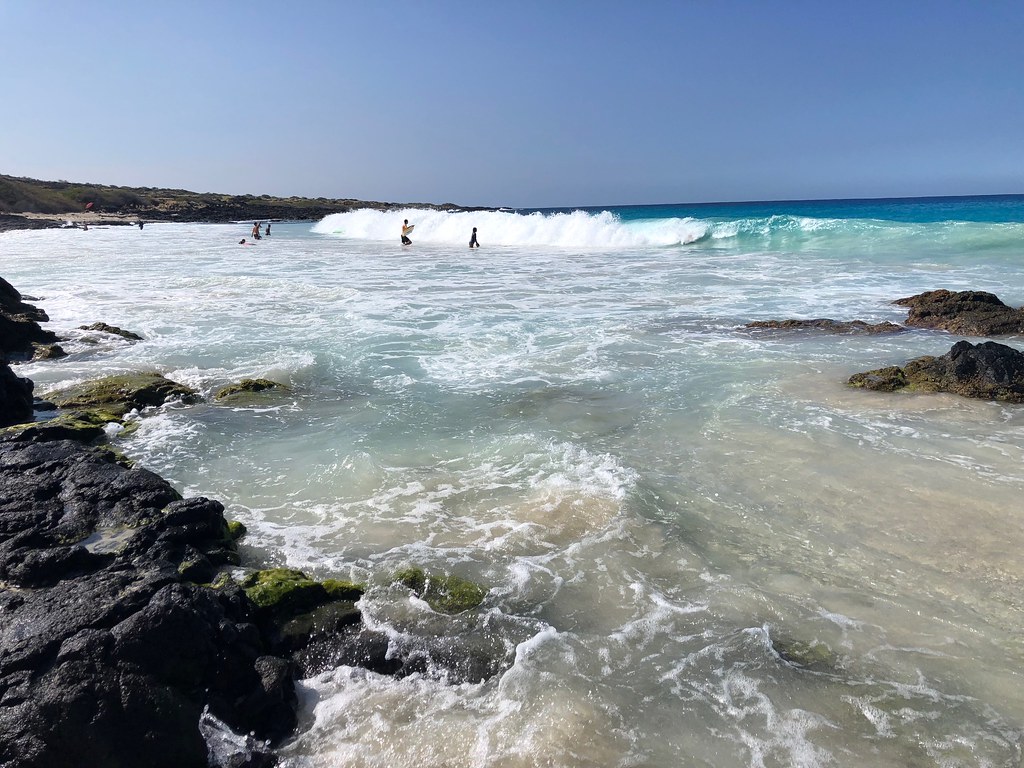
Hawaii’s Kona Coast offers shoreline anglers a unique opportunity to target true oceanic gamefish from the beach, something rarely possible elsewhere in the United States. The volcanic island’s geography creates extremely deep water close to shore, allowing pelagic species like mahi-mahi, ono (wahoo), and even occasional tuna to come within casting distance, particularly at spots like Honokohau Harbor mouth and Kailua-Kona pier. Traditional Hawaiian shore fishing, known as “whipping,” involves casting and retrieving artificial lures with aggressive, jerking motions that mimic injured baitfish, proving especially effective for species like papio (jack crevalle), ulua (giant trevally), and the highly-prized bonefish found on shallow flats.
Beyond conventional fishing, the Kona Coast presents opportunities for spearfishing in protected coves and practicing throw-net techniques in the Hawaiian tradition, offering multiple approaches to shoreline fishing. Culturally significant fishing spots often have special regulations or traditions, so connecting with local anglers or fishing shops like Kona Fishing Supply can provide invaluable insights about respecting both the environment and Hawaiian fishing heritage.
Chesapeake Bay Beaches, Maryland/Virginia

The Chesapeake Bay’s extensive shoreline offers a mix of sandy beaches, rocky outcroppings, and grass flats that create diverse fishing environments for shore-based anglers throughout its Maryland and Virginia boundaries. Point Lookout State Park in Maryland and Kiptopeke State Park in Virginia stand out as premier shoreline fishing destinations where anglers target striped bass, red drum, speckled trout, and the famous Chesapeake Bay blue crabs without needing a boat. The Bay’s brackish water creates a unique ecosystem where both freshwater and saltwater species can be caught from the same beach, with species like white perch, catfish, and croaker mixing with more marine species depending on seasonal salinity levels.
Fishing productive structure like bridge pilings, jetties, and creek mouths accessible from shore significantly increases catch rates, with these areas concentrating baitfish and the predators that follow them during tidal movements. The Chesapeake’s storied fishing heritage has created a culture where knowledge is readily shared, and visiting local establishments like Tyler’s Tackle Shop in Chesapeake Beach or Anglers Sport Center in Newport News can provide up-to-the-minute reports on what’s biting from shore.
Surfside Beach, Texas
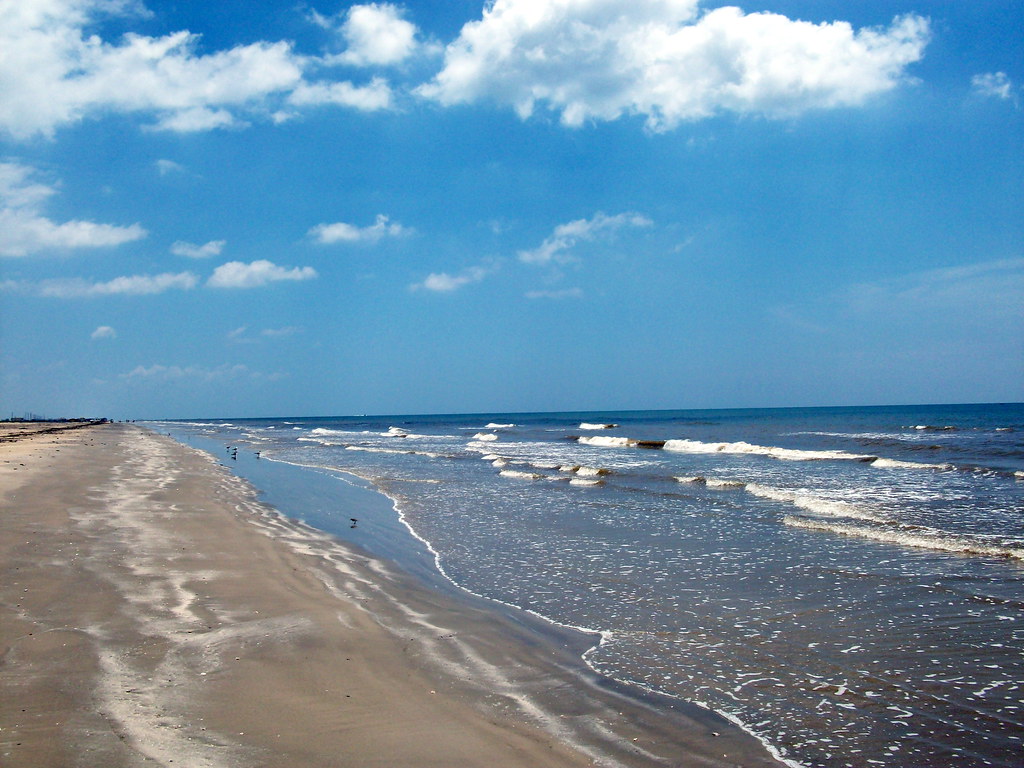
Surfside Beach offers Gulf Coast anglers some of Texas’s most consistent shoreline fishing, with its proximity to both deep water channels and the expansive Brazos River mouth creating a fish-rich environment accessible from shore. Unlike many Gulf beaches with long, shallow wade-outs, Surfside’s shoreline drops off relatively quickly, allowing anglers to reach deeper water with standard casting gear rather than needing specialized surf equipment.The beach is renowned for its impressive speckled trout fishing, particularly during summer months when these prized gamefish move into the surf zone to feed on migrating shrimp and mullet schools that parallel the shoreline.
Beyond speckled trout, shoreline anglers regularly connect with bull redfish, black drum, sheepshead, and the occasional jack crevalle or tarpon that provide drag-screaming excitement from the beach. The 4-mile stretch between Surfside and San Luis Pass represents the most productive area, with the tidal currents around the pass creating feeding stations where predatory fish ambush baitfish being swept through this natural funnel.
Cape Cod National Seashore, Massachusetts
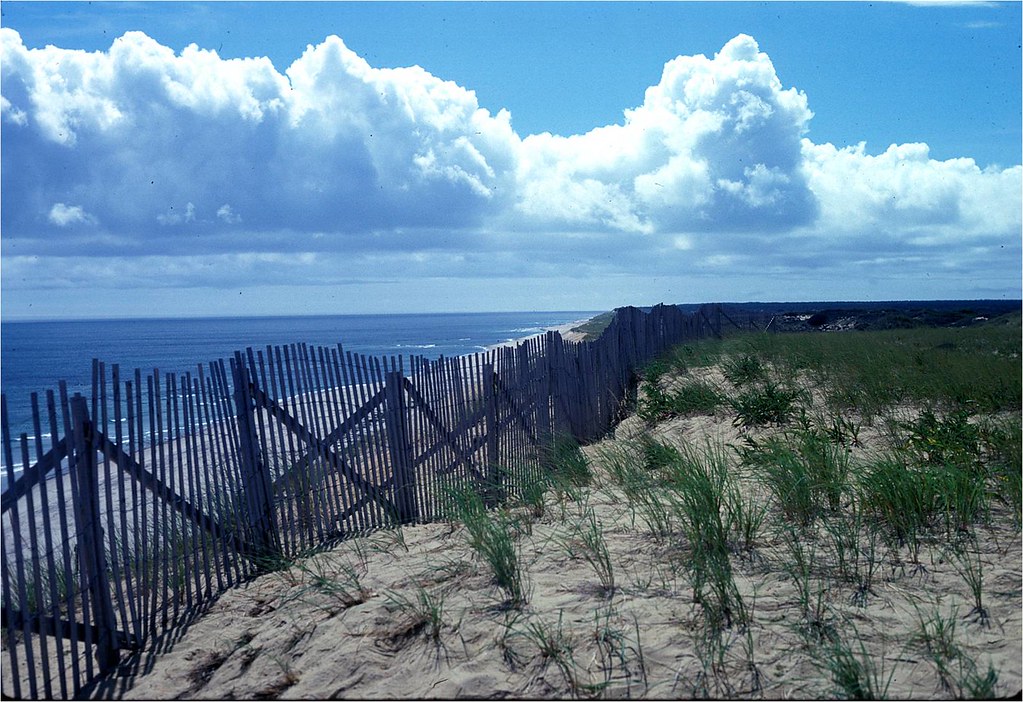
The Cape Cod National Seashore’s 40 miles of protected beaches provide some of New England’s most storied surf fishing opportunities, where anglers have been landing trophy striped bass from shore for generations. Race Point in Provincetown and Coast Guard Beach in Eastham represent two legendary spots where the shoreline configuration creates rips and currents that concentrate baitfish and the stripers that feed on them within casting distance from shore.The Cape’s outer beaches face the open Atlantic, creating excellent conditions for targeting bluefish, striped bass, and false albacore during their seasonal migrations, while the protected bay side offers flats fishing for schoolie stripers and summer flounder in calmer conditions.
Fall fishing reaches a crescendo during the annual “blitz” when striped bass and bluefish herd bait against the shoreline in feeding frenzies that can last for hours, creating unforgettable fishing experiences where multiple hookups are common. Access points like Nauset Beach and Head of the Meadow provide over-sand vehicle permits for anglers looking to reach less pressured fishing spots, though many productive areas remain accessible by foot for those without 4WD transportation.
Hunting Island State Park, South Carolina
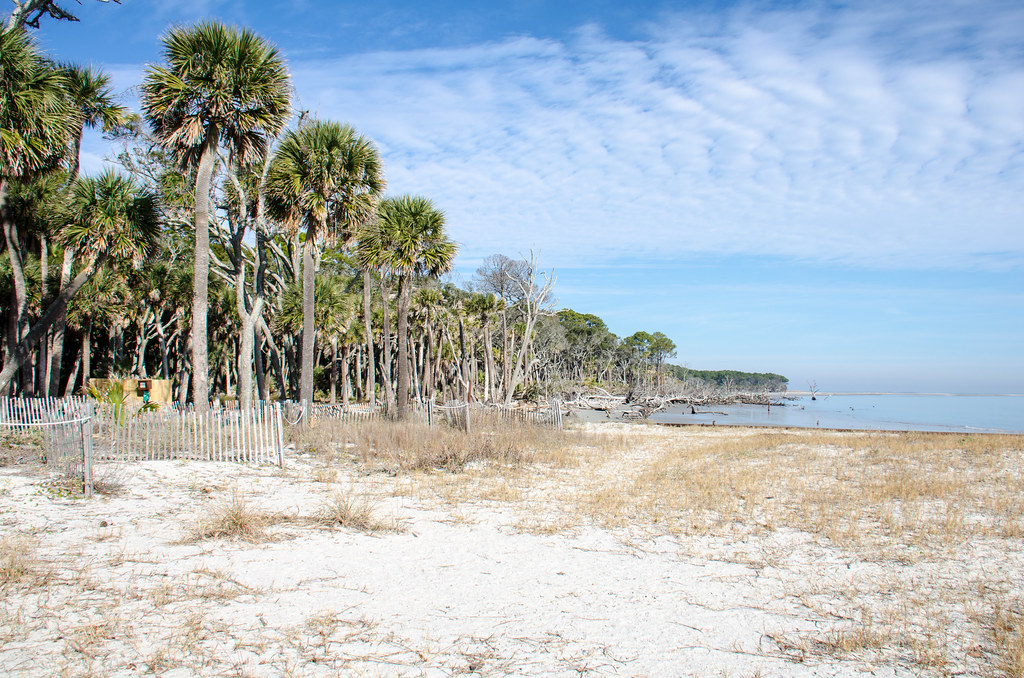
Hunting Island State Park offers South Carolina anglers a pristine Atlantic shoreline with natural structures including fallen trees (created by beach erosion) that serve as fish-attracting features rarely found on more developed beaches. The island’s location near deep-water Port Royal Sound brings ocean gamefish like Spanish mackerel, cobia, and tarpon within shore casting range during summer months, particularly around the fishing pier that extends into deeper water. What distinguishes Hunting Island from many coastal fishing destinations is the nearby lagoon accessible from the beach, providing a completely different fishing environment where redfish, flounder, and spotted seatrout can be targeted during the same fishing session as your surf fishing adventures.
The northern end of the island near the historic lighthouse features submerged oyster beds that attract sheepshead and black drum, best targeted at lower tide stages when these structure-oriented fish concentrate in predictable locations. The park’s extensive camping facilities make it ideal for multi-day fishing trips, allowing anglers to time their fishing efforts around optimal tide phases and weather conditions rather than being constrained to day-trip schedules.
Reading the Beach: Finding Fish-Holding Structure
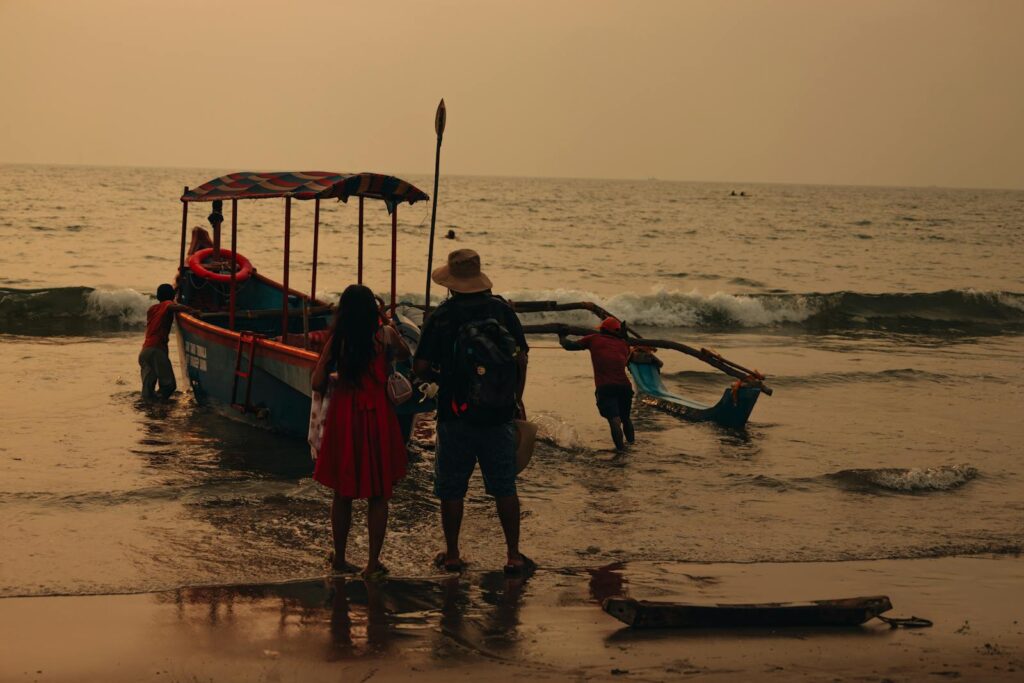
Successful shoreline fishing begins with the ability to identify productive underwater features that concentrate fish, with troughs (deeper depressions running parallel to the beach) serving as prime feeding zones and travel corridors for multiple species. Points, sandbars, and cuts in the shoreline create current breaks where predatory fish wait to ambush baitfish being swept along by tidal or wave action, making these irregular features high-percentage spots to focus your casting efforts.Beach structures like piers, jetties, and groins extend the shoreline into deeper water and create artificial reefs that attract both baitfish and the larger predators that feed on them, often representing the most consistently productive shoreline fishing locations throughout the year.
Learning to spot subtle indicators like birds diving, baitfish dimpling the surface, or changes in water color that suggest deeper channels can dramatically increase your success rate when fishing unfamiliar beaches. During lower tide phases, walking the exposed beach to identify shell beds, rock outcroppings, or deeper holes that will be underwater during high tide gives shoreline anglers a significant advantage in planning where to fish when water levels rise.
Timing Your Beach Fishing Trip

While beach fishing can be productive throughout the day, focusing your efforts around dawn and dusk (the so-called “golden hours”) typically yields the best results as predatory fish move closer to shore to feed during these lower light conditions. Tidal movement creates feeding opportunities that often transcend time of day, with the two hours before and after high or low tide transitions representing peak feeding periods when fish actively search for food being displaced by changing water levels. Seasonal migrations dramatically affect shoreline fishing success, with spring and fall typically offering the most productive beach fishing as species like striped bass, bluefish, redfish, and pompano move along coastlines in predictable patterns following baitfish and water temperature changes.
Weather patterns significantly impact shoreline fishing, with incoming storms often triggering feeding frenzies as dropping barometric pressure activates predatory fish, while post-frontal conditions with clear, high-pressure skies typically suppress feeding activity for 24-48 hours. Moon phases influence both tidal strength and fish behavior, with new and full moons generating stronger currents and often coinciding with spawning activities that bring larger fish into shallower waters accessible to shore anglers.
Conclusion: Ethical Beach Fishing Practices

Practicing catch and release when appropriate helps ensure sustainable fish populations for future generations, with proper handling techniques including wet hands, minimizing air exposure, and using circle hooks to reduce deep hooking injuries significantly improving survival rates. Keeping beaches clean by packing out all trash, properly disposing of fishing line that can entangle wildlife, and cleaning up any found debris represents a fundamental responsibility for all shoreline anglers who benefit from public beach access.
Respecting other beach users by maintaining safe casting distances from swimmers, keeping fishing gear organized in a small footprint, and avoiding prime swimming areas during busy periods helps maintain positive relationships between the fishing and non-fishing public. Understanding and following local regulations regarding size limits, bag limits, and protected species not only avoids potential fines but contributes to the biological management systems designed to maintain healthy fish populations. Participating in citizen science programs
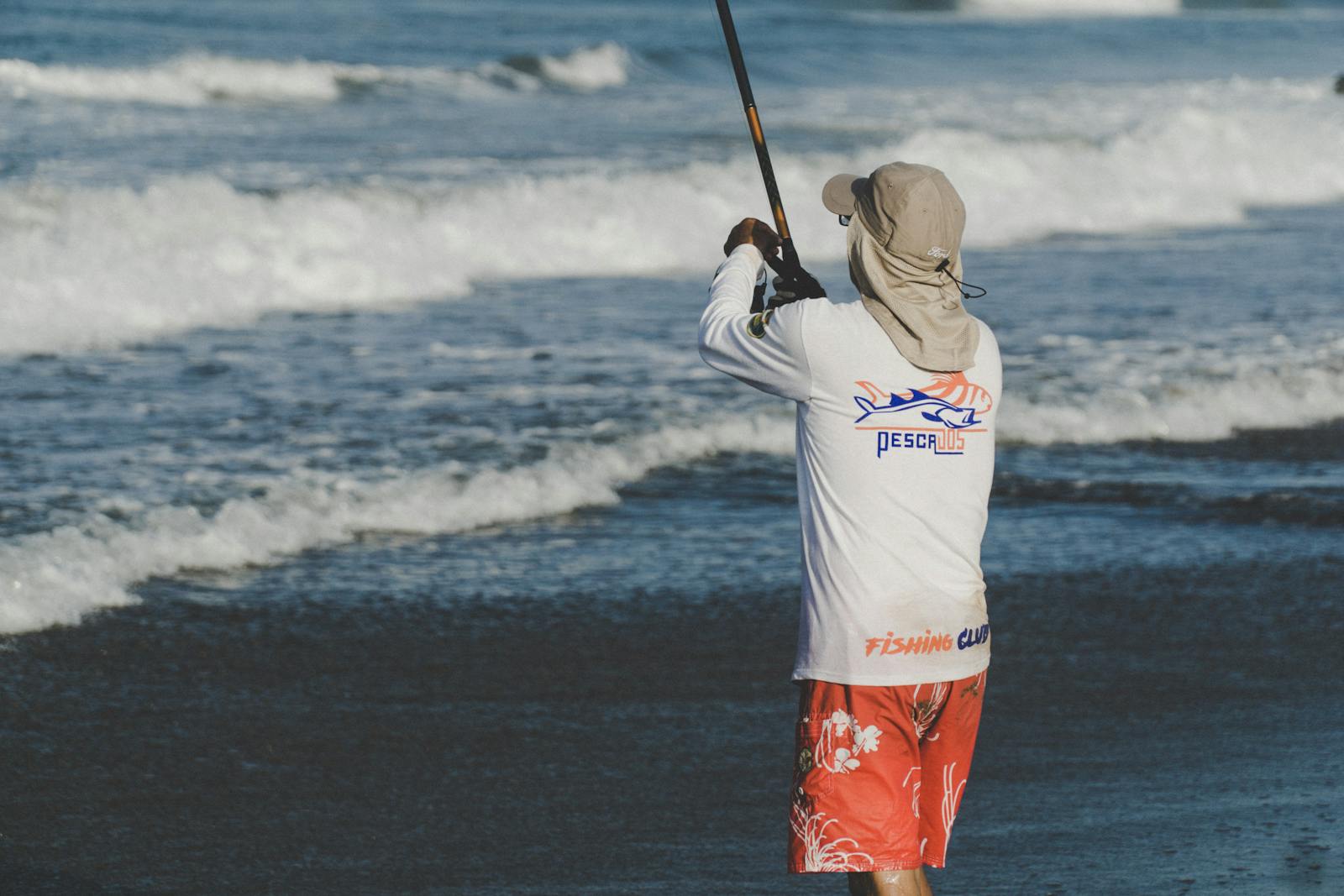
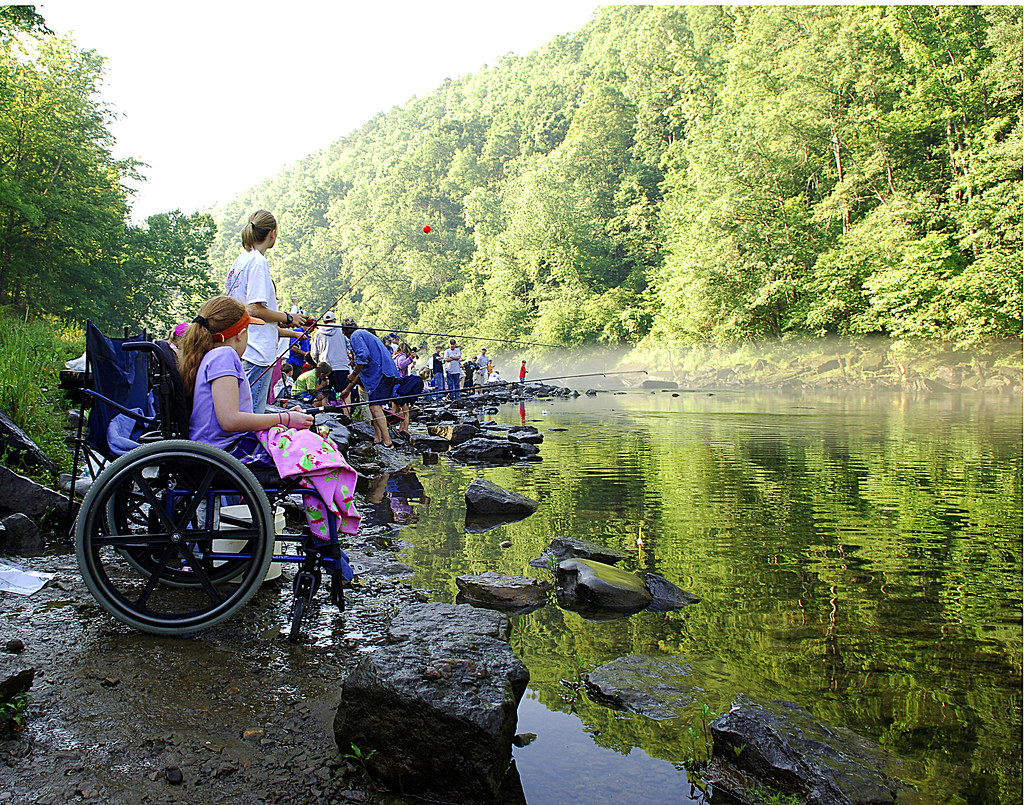
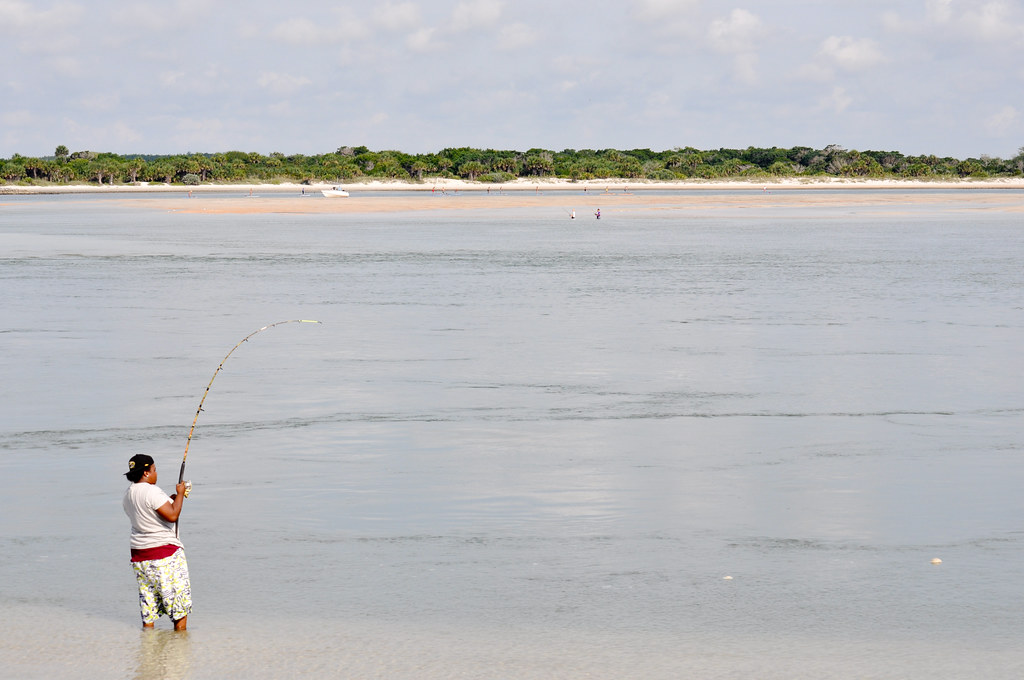











Post Comment